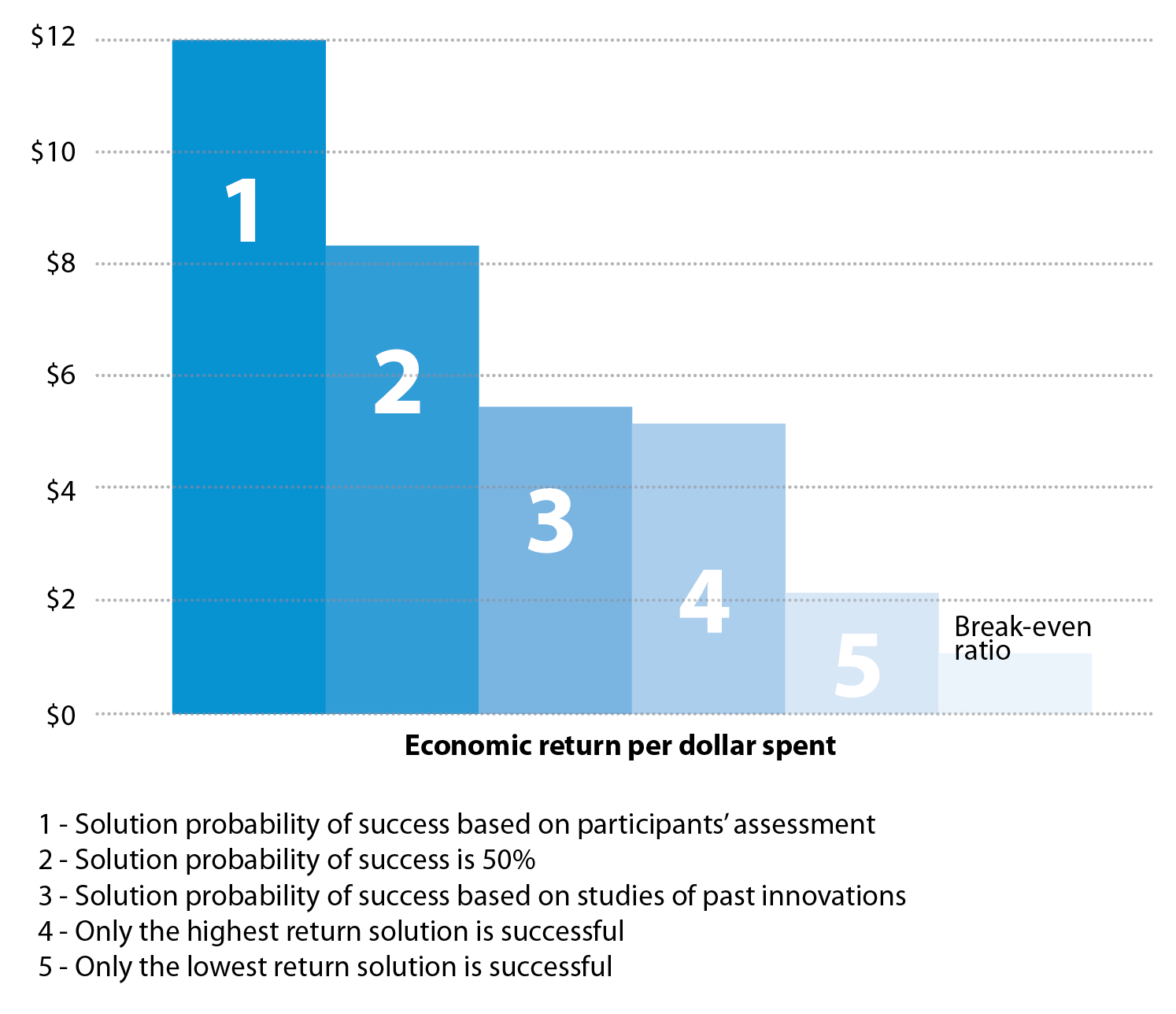The Fab Bhutan Challenge is projected to generate over five dollars in economic benefits for every dollar invested
FAB23 Bhutan, the 19th edition of the International Fab Lab Conference and Symposium, concluded in Thimphu on Friday. The event, organized by Druk Holding and Investments (DHI), brought hundreds of inventors, artists, researchers, entrepreneurs, and creative individuals from around the world to Bhutan to share their expertise and vision with the global community.
But the conference was much more than an academic exercise. From July 16-21, DHI convened the Fab Bhutan Challenge. Each of the five challenge teams addressed a different design problem for Bhutan, and they were spread across the country’s five Fab Labs.
Set by Bhutan’s five Fab Labs in consultation with their local communities, and supported by the Fab City Foundation and DHI, the five challenges were to: 1) promote monsoon-resilient agriculture in Sarpang, 2) provide clean drinking water in Paro, 3) prevent human-wildlife conflict in Punakha, 4) assist traditional handicrafts in Thimphu, and 5) improve education access for special needs students in Phuentsholing. Over the course of the week, each team developed a unique solution to the problem set given to them.
This type of innovation challenge is increasingly common. Governments and private donors around the world spend billions of dollars every year to direct research and development. From innovation funds to hackathons, the structure of challenges varies greatly, but the goal is ultimately to shape innovation to address pressing social or scientific problems.
Only in rare cases are such challenges rigorously analyzed to assess whether the funds dedicated to the challenges were well-spent from a societal point of view. But doing so is important because if the social returns from innovation challenges do not cover their costs, they need to be redesigned or scrapped. What can we say about the social return on Fab Bhutan Challenge? This can only be answered by tallying up the projected benefits and costs of the five challenge solutions.
For each challenge, we estimate benefits based on the challenge’s target population and likely benefits, based on a review of scientific literature. Supplemental sources of data like the 2022 Bhutan Living Standards Survey and Labour Force Survey were used to generate reasonable estimates of how much farmers and other beneficiaries would stand to gain from the challenge solutions. Adjusting conservatively for the probability of success, we can project the social benefits to Bhutan generated by the challenge. Solution costs were estimated based on interviews with challenge participants.
The solutions that the five teams came up with are promising, with the potential to effect real change in Bhutan by increasing agricultural productivity, health, education, and livelihoods. Team 1 designed naturally-air-conditioned greenhouses and planter boxes to extend the growing season in Sarpang. Team 2 developed a plan to improve the water supply in Pangbisa, Paro by installing home filters and water flow monitors. Team 3 plans to reduce human-wildlife contact in Punakha by fortifying electric fences with complementary measures. Team 4 demonstrated that textile production can be enhanced by standardizing loom design and easing the back pain of weavers with innovatively designed chairs. And Team 5 presented a grand vision for special needs education access that included prototypes for eight assistive devices made from recycled material.
These solutions will have invaluable benefits, including saving lives and preserving culture. In addition, they will raise the economic productivity of farmers, weavers, and students entering all other professions. Setting just those projected economic benefits against the expected costs of refining and implementing the challenge solutions and program budget, the Fab Bhutan Challenge projects are an excellent investment. Our benefit-cost analysis suggests that in ten years, the economic return on the Fab Bhutan Challenge will be between $5 and $12 per dollar spent, depending on how many of the solutions take hold. Even if several solutions fail, the overall economic return is outstanding – far surpassing the threshold rate that is typically required for publicly-funded economic development projects.
That 5-to-1 economic return is if anything an underestimate, because the innovations resulting from Fab Bhutan Challenge may grow to serve larger populations in Bhutan than they were originally intended for. For instance, the agriculture challenges have the potential to serve the entire country.
Bhutan aspires to become a high-income country by 2034. To do so will require nearly unprecedented economic growth over the coming decade. That will only be possible by harnessing innovation. With a dwindling population and over half of the country still working in the low-productivity agriculture sector, radical solutions that make the most of limited resources are the only way to promote sustainable growth. Some obstacles to growth, such as poor conditions for entrepreneurs, can be addressed through policy reforms. Other obstacles, such as geographic remoteness, susceptibility to natural disasters, and limited market size, are not going anywhere. That is precisely why innovations like those fostered by Fab Bhutan Challenge are key to unlocking the country’s economic potential.
Contributed by
Milan Thomas, Ph.D, @Drukonomist (Asian Development Bank)
Namgyal Tsheden Gyaltshen (Druk Holding and Investments)


